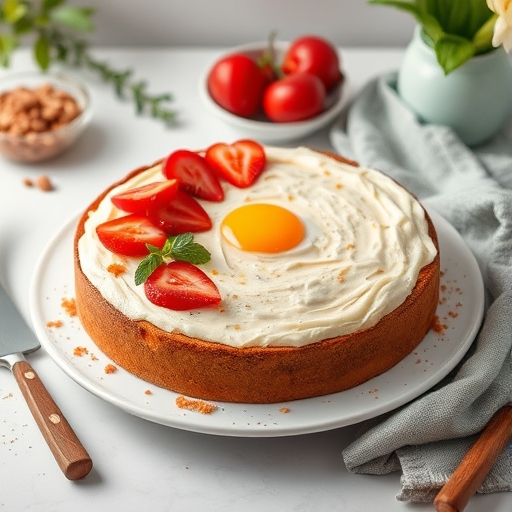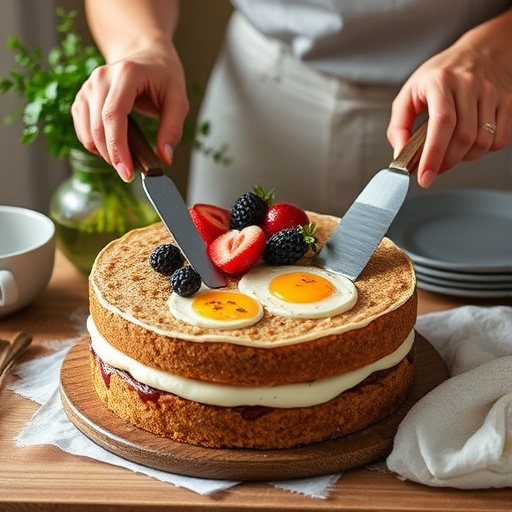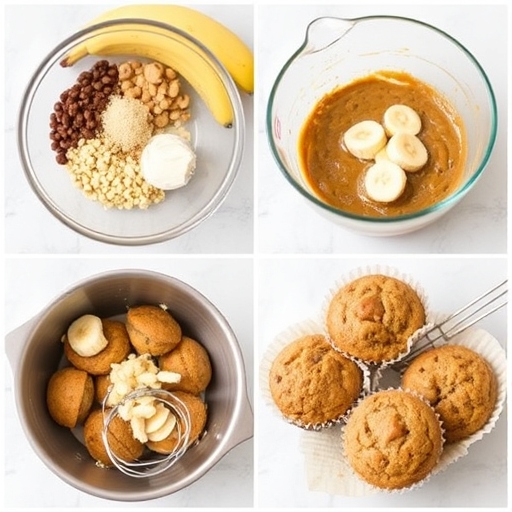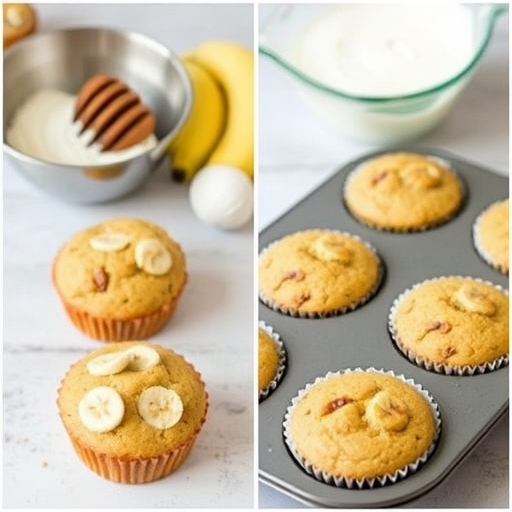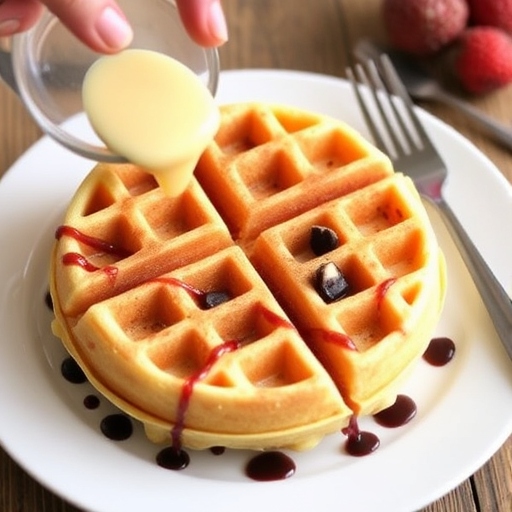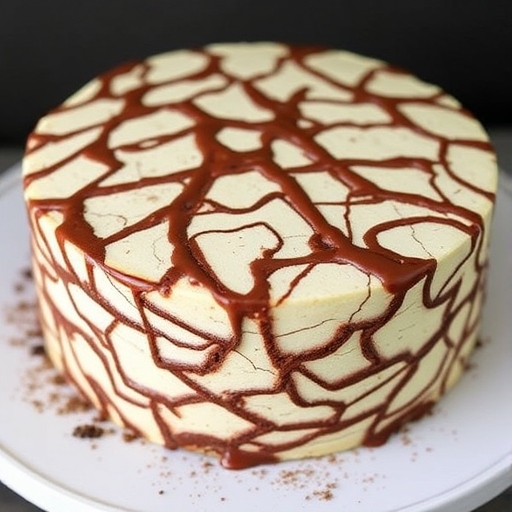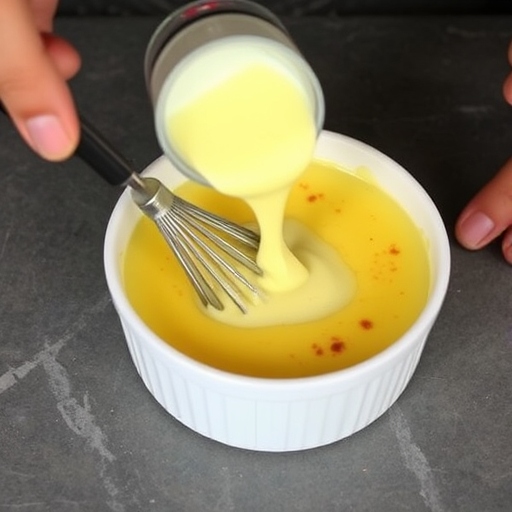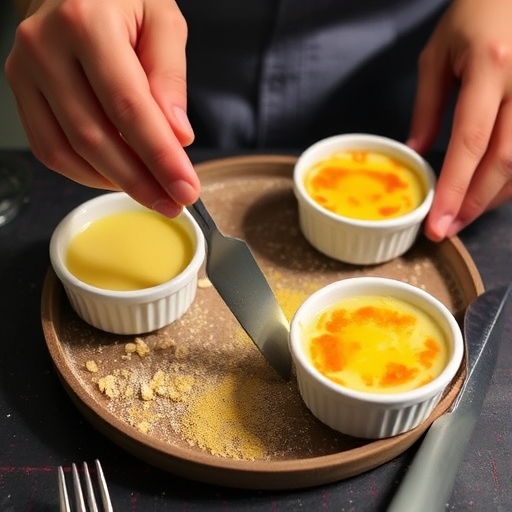Introduction
Lemon blueberry bread is a delightful combination of tangy citrus and sweet, juicy blueberries, perfect for breakfast, dessert, or a midday snack. Its moist crumb, vibrant flavors, and fragrant aroma make it a crowd-pleaser that’s easy to whip up in any kitchen. This recipe will guide you in creating a loaf bursting with natural sweetness and a refreshing lemon glaze.
Table of Contents
The Story Behind Lemon Blueberry Bread
Lemon and blueberry are a classic pairing, celebrated for their complementary flavors. This bread likely evolved from traditional quick bread recipes, offering a balance of tartness from lemons and natural sweetness from blueberries. Perfect for summer, it also brings brightness to colder months, offering a slice of sunshine with every bite.
The Benefits of Making Your Own Lemon Blueberry Bread
- Fresh Ingredients: Homemade bread avoids artificial flavors and preservatives.
- Customizable: Adjust sweetness or add ingredients like nuts or spices.
- Cost-Effective: A fraction of the price of store-bought versions.
- Comforting Activity: Baking can be therapeutic and enjoyable.
Essential Ingredients for the Perfect Lemon Blueberry Bread
For the Bread
- 1 ¾ cups all-purpose flour
- 1 teaspoon baking powder
- ½ teaspoon baking soda
- ½ teaspoon salt
- ½ cup unsalted butter, softened
- 1 cup granulated sugar
- 2 large eggs
- ½ cup buttermilk (or milk with 1 tablespoon lemon juice)
- 2 tablespoons lemon juice (freshly squeezed)
- Zest of 1 lemon
- 1 cup fresh or frozen blueberries (tossed in 1 tablespoon flour)
For the Glaze
- 1 cup powdered sugar
- 2–3 tablespoons lemon juice
Cultural History of Ingredients
- Lemons: A symbol of freshness and vitality, lemons have been a staple in Mediterranean and Asian cuisines for centuries.
- Blueberries: Native to North America, blueberries are celebrated for their antioxidant properties and versatile flavor.
- Buttermilk: A traditional baking ingredient, its acidity tenderizes the bread and enhances the tangy lemon flavor.
Equipment You’ll Need
- Mixing bowls
- Electric mixer or whisk
- 9×5-inch loaf pan
- Parchment paper
- Microplane for zesting
Step-by-Step Instructions for Lemon Blueberry Bread
Step 1: Prepare the Pan
- Preheat the oven to 350°F (175°C).
- Line the loaf pan with parchment paper or grease it with butter.
Step 2: Mix Dry Ingredients
- In a bowl, whisk together flour, baking powder, baking soda, and salt.
Step 3: Cream Butter and Sugar
- In a separate bowl, cream the butter and sugar until light and fluffy.
- Beat in eggs, one at a time, then mix in the lemon juice and zest.
Step 4: Combine Wet and Dry Ingredients
- Alternate adding the dry ingredients and buttermilk to the butter mixture, starting and ending with the dry ingredients.
- Gently fold in the blueberries, ensuring they’re evenly distributed.
Step 5: Bake
- Pour the batter into the prepared loaf pan.
- Bake for 50–60 minutes or until a toothpick inserted into the center comes out clean.
- Let the bread cool in the pan for 10 minutes before transferring it to a wire rack.
Step 6: Prepare the Glaze
- Whisk together powdered sugar and lemon juice until smooth.
- Drizzle the glaze over the cooled bread.
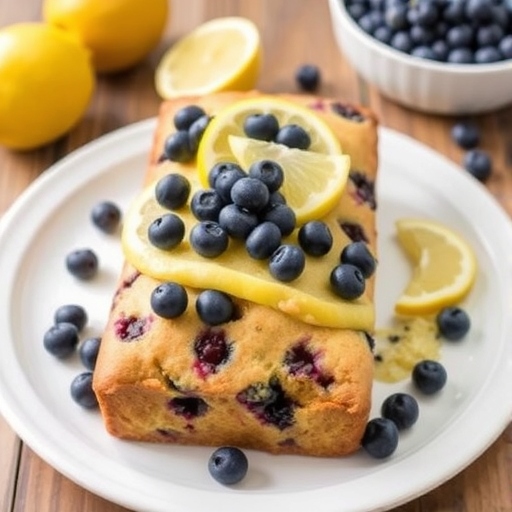
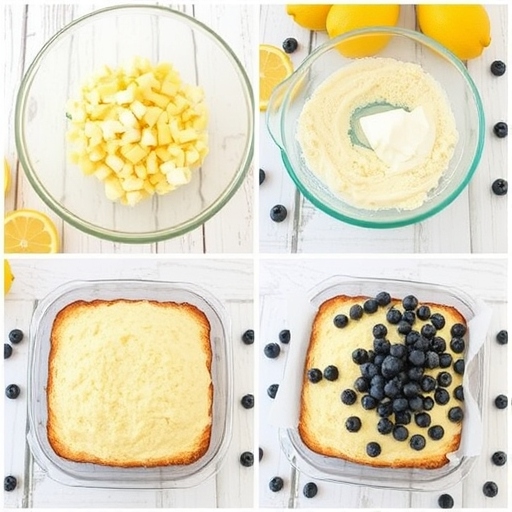
Suggestions for Serving and Storing
- Serving: Pair with tea, coffee, or a dollop of whipped cream.
- Storing: Store in an airtight container at room temperature for up to 3 days.
- Freezing: Wrap tightly in plastic wrap and aluminum foil; freeze for up to 3 months.
Chef Simon’s Tips for Lemon Blueberry Bread
- Tossing blueberries in flour prevents them from sinking to the bottom.
- Use fresh lemons for zest and juice for maximum flavor.
- Don’t overmix the batter; this ensures a tender crumb.
Emotional and Psychological Impact of Food
A slice of lemon blueberry bread can evoke comfort, nostalgia, and happiness. Its bright flavors have a mood-boosting effect, perfect for starting the day on a positive note or unwinding in the evening.
Mindful Cooking Techniques
- Focus on the aroma of lemon zest as you grate it.
- Enjoy the process of folding blueberries into the batter, appreciating their burst of color.
Tips for Keeping the Recipe Fresh Longer
- Add a layer of plastic wrap before storing to keep the bread moist.
- Avoid slicing the bread until ready to serve to retain freshness.
Advanced Culinary Terms and Techniques
- Creaming Method: Incorporating air into butter and sugar for a light texture.
- Zesting: Using a microplane to extract the outermost layer of citrus peel without the bitter white pith.
Healthy Ingredient Alternatives
- Use whole wheat flour for added fiber.
- Substitute honey or maple syrup for sugar.
- Opt for Greek yogurt instead of buttermilk for a protein boost.
More Serving Ideas
- Toast slices and spread with butter or cream cheese.
- Top with a spoonful of blueberry compote for an indulgent dessert.
Common Issues and Solutions
- Dense Bread: Ensure ingredients are at room temperature and avoid overmixing.
- Burnt Edges: Cover with foil during the last 10 minutes of baking if the top browns too quickly.
Variations to Try
- Raspberry Lemon Bread: Swap blueberries for raspberries.
- Lemon Poppy Seed Bread: Add 1 tablespoon of poppy seeds to the batter.
- Orange Cranberry Bread: Use orange zest and juice with dried cranberries.
Nutritional Information and Health Benefits
- Calories: ~220 per slice
- Antioxidants: From blueberries and lemon.
- Vitamin C: Boosts immunity.
The Art of Pairing Lemon Blueberry Bread
Pair with a cup of Earl Grey tea or a refreshing iced coffee for a complementary flavor experience.
Weather and Recipe Outcome
This bread is ideal for spring or summer gatherings but also brings a refreshing contrast to cozy winter meals.
Other Quick Bread Recipes to Explore
- Banana Walnut Bread
- Pumpkin Spice Bread
- Zucchini Bread
Focus on Tools and Equipment
Invest in a good quality loaf pan and microplane zester for perfect results every time.
Frequently Asked Questions (with answers)
Q: Can I use frozen blueberries?
A: Yes, just don’t thaw them before adding to the batter.
Q: Can I skip the glaze?
A: Absolutely, but the glaze adds extra flavor and a touch of sweetness.
Q: How can I tell if the bread is done?
A: Insert a toothpick into the center; if it comes out clean, the bread is ready.
Conclusion
Lemon blueberry bread is a testament to the joy of baking with simple, fresh ingredients. Whether enjoyed with your morning coffee or as a sweet treat after dinner, this recipe guarantees a loaf that’s moist, flavorful, and irresistibly delightful. Give it a try and savor the perfect balance of tangy and sweet in every bite!



